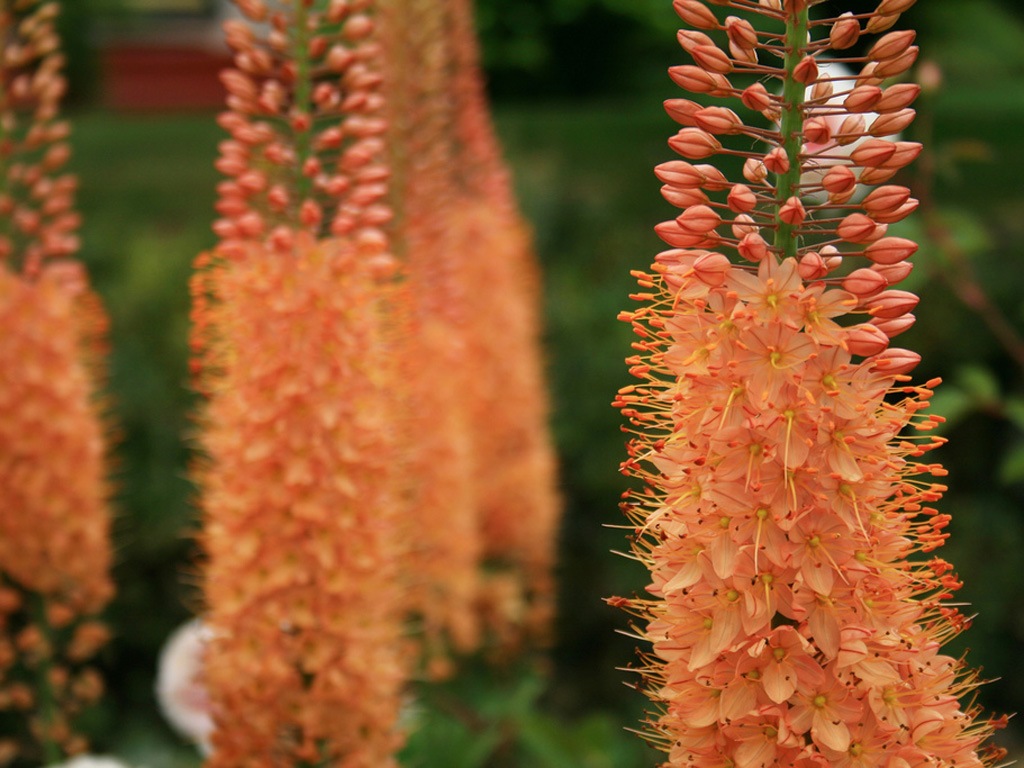Importance of colours
Colours are about so much more than what is visible on the surface. That’s why we need to take a brief look at the science behind it.
What we see as white light contains the entire colour spectrum. How do we see colours? Simple really. An object that is red, for example, absorbs all the colours except red. As a result, red is reflected onto our eye and we consequently perceive it as a red object.
Now that we are aware of this, we can move on to complementary and contrasting colours. To achieve the ultimate contrast, you can combine the lightest colours with the darkest ones. This will create distinct contrasting edges around your flowers. However, it really becomes interesting when we start mixing flowers with complementary colours.
Complementary colours
These colours make each other look better. Take blue and orange for example. They are positioned directly opposite each other in the colour circle and are consequently each other's opposites. Take the Fanta, Postnl and countless other logos for example. Referring to them should become an automatic reflex when you buy a bouquet, because possibly the worst thing you could waste your money on is a bouquet of mismatched colours.
Clashing colours
Bees use an automatic natural selection process whereby they only pollinate flowers that they consider attractive. Flowers with clashing colours are not visited and consequently find it more difficult to survive. This demonstrates that colour theory is indeed a natural selection process..
Obviously, this is also culture related, e.g. combinations of pink and orange are increasingly popular, whereas this used to be out of the question. Tastes and styles change considerably over time and are influenced by all kinds of factors. It is particularly tricky, therefore, to predict when certain colours will be OK or not OK in the future.
Flower of the week: Eremurus
Cleopatra, or Eremurus, is a summer flower reaching for the sky with its long, graceful spikes and leaves. To unlock its maximum potential it is best planted not too deep in moist soil.
The flower's alias is misleading, as its origins can be traced back to the steppe regions of East Asia rather than the Egyptian drought.
It can produce red, white, pink, orange and yellow blooms, making it an attractive choice for summer, ensuring that it is always admired by casual passers-by. When using this flower in your garden or home, remember the complementary colours rule to make it look even better.
For more tips on colours, please visit our website: www.natuurlijkbloemen.beor e-mail us at This email address is being protected from spambots. You need JavaScript enabled to view it.
Kind regards,
Your Flower Blogger.





